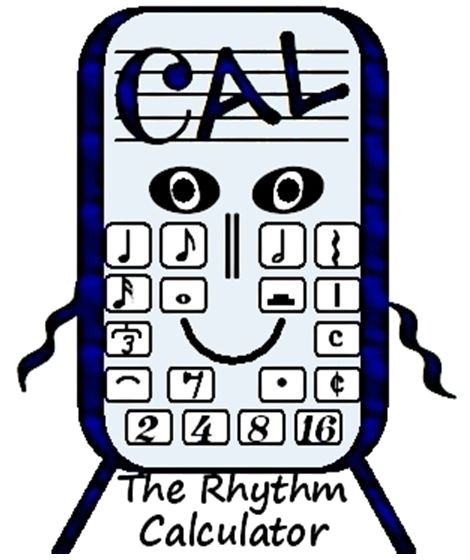Part #4: FLAGS


Flags are Curved Lines.
When flags are attached to the top of a stem, they fly towards the right side of the stem and curve towards the note head.
Like beams, flags attach to the end of a note’s stem and serve to define the note’s duration.




Flags look like flags. Sometimes flags are called a note’s tail.
When flags are attached to the bottom of a stem, they also fly towards the right of the stem and hook towards the note head, often touching it.
1 note with one flag = the duration of 1 beamed note


1 note with two flags = 1 two-beamed note
At this stage, you have learned about the four main elements. You still will learn about dots and ties, but they will make much more sense after you learn how the elements you just learned create rhythm notation code.
You are now ready to learn how notes are constructed, their names, and how to determine their duration.
Now, let’s proceed to: NOTE-CONSTRUCTION.

Meet Cal Universal Language Rhythm Notation Music Staff Origins of the Staff
Rhythm Laboratory Notation Parts Note Heads Stems Beams Flags Note Construction
Common-Time Measures Bar-Lines Counting in Common-Time Whole, Half and Quarter Notes
Ties Dots Time-Signatures Q’s Rhythm Review Time-Signature Rules Beat Accent
Down-Beat and Up-Beat Conducting Patterns Cut-Time Common-Time Beat Emphasis
Three-Beat Measures Note Values Rhythm Workouts The ‘Cycle’ Note Equivalents
Counting Sub-Divisions “If You Can Say It, You Can Play It” Author’s Story Sub-Division Lingo
Quarter Notes with Eight Notes Adding Sixteenth Notes Notes Sharing Beams Beam Awareness Pointers
Triplets Triplet Workout Compound-Time Compound-Time Workout Music Rests
Rest and Note Equivalents Whole Rest Half Rest Quarter Rest Eighth Rest Sixteenth Rest
Dotted Rests Q’s Rest Review Process of Sub-Division Relating Rests to Notes Rhythm Exam Prep
Level 1 Rhythm Exam Level 2 Rhythm Exam Level 3 Rhythm Exam
Rhythm Laboratory Notation Parts Note Heads Stems Beams Flags Note Construction
Common-Time Measures Bar-Lines Counting in Common-Time Whole, Half and Quarter Notes
Ties Dots Time-Signatures Q’s Rhythm Review Time-Signature Rules Beat Accent
Down-Beat and Up-Beat Conducting Patterns Cut-Time Common-Time Beat Emphasis
Three-Beat Measures Note Values Rhythm Workouts The ‘Cycle’ Note Equivalents
Counting Sub-Divisions “If You Can Say It, You Can Play It” Author’s Story Sub-Division Lingo
Quarter Notes with Eight Notes Adding Sixteenth Notes Notes Sharing Beams Beam Awareness Pointers
Triplets Triplet Workout Compound-Time Compound-Time Workout Music Rests
Rest and Note Equivalents Whole Rest Half Rest Quarter Rest Eighth Rest Sixteenth Rest
Dotted Rests Q’s Rest Review Process of Sub-Division Relating Rests to Notes Rhythm Exam Prep
Level 1 Rhythm Exam Level 2 Rhythm Exam Level 3 Rhythm Exam




